Finding renewable energy sources for dry, challenging climates can be tough. Did you know the Opuntia Prickly Pear Cactus holds promise as an innovative biofuel producer? This blog will explore how this resilient plant could transform biogas production in semi-arid regions.
Keep reading to uncover a desert treasure turning waste into energy!
Key Takeaways
- Opuntia Prickly Pear Cactus thrives in hot, dry climates with little water. It's great for making biogas in semi-arid areas.
- This cactus uses very little water and can grow where others can't. Its strong roots help it survive tough conditions.
- Scientists have concluded that it is perfectly feasible to turn the cactus into biomethane using a process called anaerobic digestion (AD).
- In Kenya, the Opuntia Prickly Pear Cactus is a dangerous invasive species that is being turned into biogas and bio-fertilizer. This offers a solution to environmental and economic challenges by leveraging renewable resources and supporting conservation.
- The cactus not only creates renewable energy but also makes biofertilizer that helps soil and crops.
- To get the most out of this plant for energy, we need to learn the best ways to farm it and improve its biomass quality.
Potential of Opuntia Prickly Pear Cactus as an Energy Crop

Opuntia Prickly Pear Cactus shows great potential as an energy crop due to its suitability for semi-arid areas, high water use efficiency, and resilience to harsh conditions. Its ability to thrive in such environments makes it a promising source of biomass for biogas production.
Suitable for semi-arid areas

Cactus pear thrives in hot, dry climates. It doesn't need much water to grow well. In semi-arid areas, other crops might struggle, but cactus pear stands strong. Its roots dig deep into the soil, pulling up moisture that other plants can't reach.
The spineless variety of this plant excels in these tough environments too. Even with little rain or scarce water sources, it grows and provides biomass for biogas production. This makes the prickly pear an excellent energy crop choice for places where water is precious and not to be wasted.
Investors see its potential as a sustainable solution in arid regions seeking alternative energy sources without straining limited water resources.
High water use efficiency

Opuntia Prickly Pear Cactus, known for thriving in semi-arid regions, possesses impressive high water use efficiency. This crassulacean acid metabolism (CAM) species has adapted to minimize water loss during photosynthesis, making it suitable for areas with limited water resources.
The cactus's ability to thrive with minimal water makes it a promising candidate for biogas production in arid and semi-arid climates, aligning with sustainable energy development goals.
This cactus's remarkable capacity to thrive in low-water conditions is a crucial factor that contributes to its potential as a bioenergy crop. With its efficient use of water resources, Opuntia Prickly Pear Cactus presents an opportunity for sustainable energy production while addressing the challenges of water scarcity in semi-arid areas.
Resilient to harsh conditions

Opuntia Prickly Pear Cactus, a species of cactus pear, thrives in arid and semi-arid climates due to its resilience. This makes it an ideal candidate for biogas production in regions with limited water resources.
Research is underway to identify a microbial consortium that can harness the energy potential of this hardy plant under harsh conditions, aligning with the goals of sustainable energy development.
With its ability to withstand tough environments and provide a sustainable source of energy, Opuntia shows great promise for anaerobic digestion plant converts, AD plant owners, operators, and investors.
Biogas Production from Opuntia Cactus
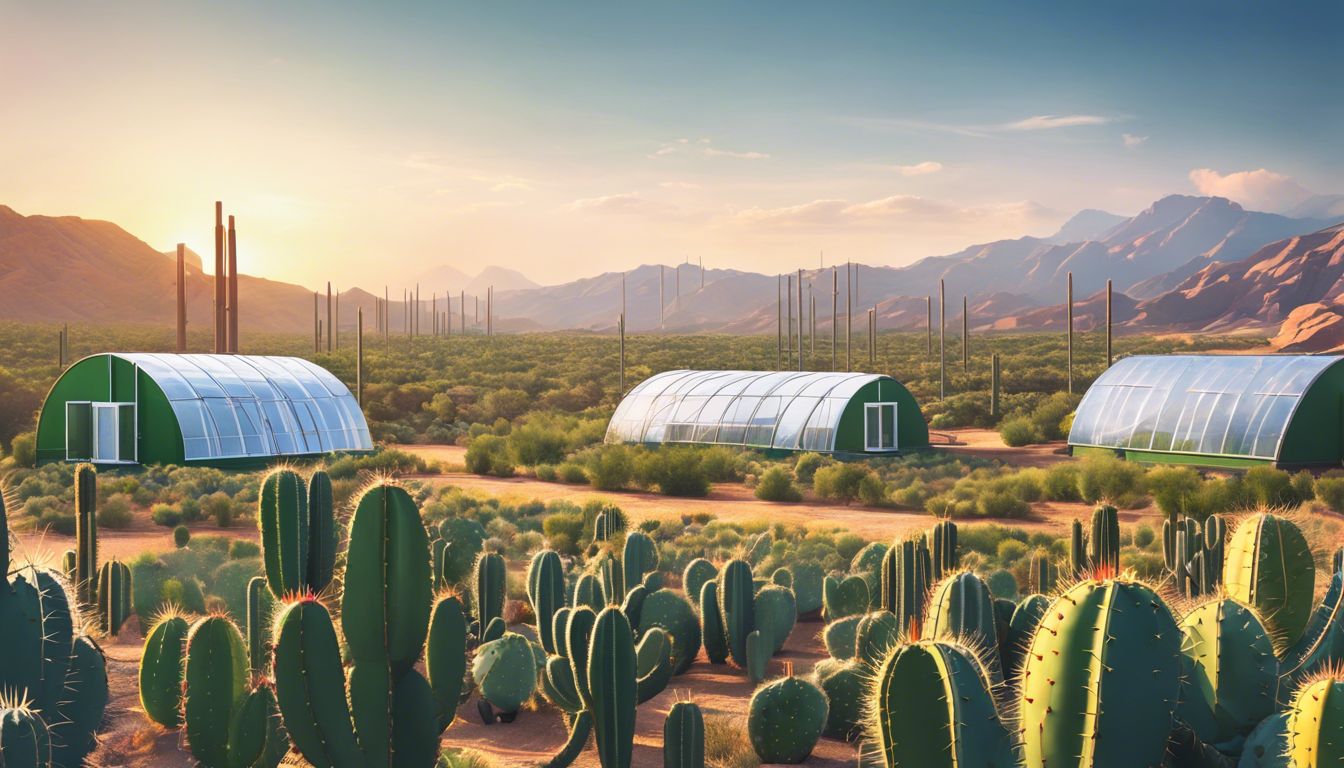
Utilizing anaerobic digestion (AD), Opuntia Prickly Pear Cactus can be converted into biomethane, with the potential to produce a sustainable energy source.
The composition of Opuntia biomass influences methane yield, making it an intriguing option for biofuel production in semi-arid areas.
In Kenya
In Kenya, the invasive Opuntia Prickly Pear Cactus is being transformed into a resource through biogas production. This initiative, taking place in Loisaba Conservancy, Laikipia District, aims to combat the environmental and economic threats posed by the cactus.
By converting it into biogas and bio-fertilizer, the project provides sustainable energy and agricultural benefits, addressing issues of land access, wildlife displacement, and the need for renewable resources.
Learn more about this innovative approach to managing invasive species and enhancing conservation efforts in the full article here.
Watch this video to see this biogas plant being fed with Opuntia. The English language commentary starts at about 1:00 minutes into this video:
In this part of Kenya, the prickly pear cactus is a dangerous invasive species which if uncontrolled causes injury to both humans and livestock. So, to be able to earn an income from harvesting this species will be especially welcome
In Mexico

Since 2017, Mexican scientists have been researching transforming prickly pear cactus into biogas.
According to AFP, scientists in Mexico have devised a way to convert prickly pear cactus into biogas. In Mexico, the striking, brilliant green cactus is widely grown for usage in beverages, medications, and shampoo.
In May 2017, a pilot operation was established in Milpa Alta's cactus market, which generates up to 200,000 tonnes of prickly pear cactus annually. Every day, up to 10 tonnes of this cactus becomes garbage on the market floor.
Mexican Green Energy Start-up Suema decided to create a biogas generator to convert trash into energy. According to the AFP, the generator will eventually be able to treat three to five tonnes of trash every day, resulting in 170m3 (45,000 gallons) of biogas and more than one tonne of compost.
This will generate 175-kilowatt hours of electricity, enough to run 9,600 low-energy light bulbs.
The Mexican government supported the $840,000 project. Mexico pledged in 2015 to cut emissions by 2050. In 2016, green energy accounted for 15.4% of the country's energy mix, with biogas accounting for barely 0.1%. significant potential in providing sustainable energy solutions for semi-arid areas, aligning with efforts towards bioeconomy and renewable energy development.
In Madagascar
In Madagascar, cactus plants are revolutionizing biogas production, and reportedly increasing output by a remarkable tenfold.
This bioenergy initiative, leveraging the drought-resistant cactus's rapid fermentation properties, promises enhanced energy yields, ecological benefits, and reduced deforestation.
One biogas project aims to plant cacti over 1,000 hectares, highlighting the plant's potential to generate sustainable energy and support environmental conservation.
For an in-depth exploration of this transformative approach, visit the original article.
Influence of feedstock composition on Methane yield
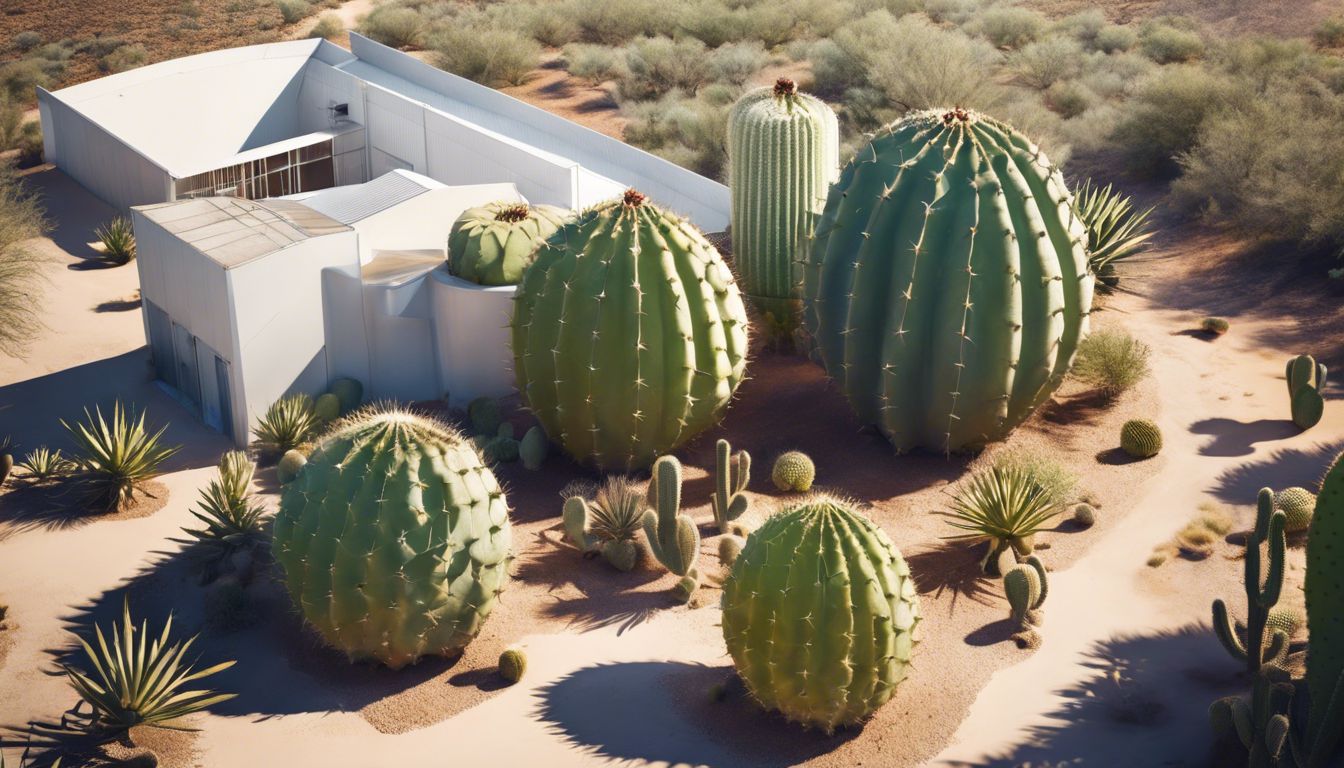
In the process of anaerobic digestion (AD) for biogas production, the composition of Opuntia Prickly Pear Cactus biomass plays a crucial role in determining methane yield. The lignin content and carbon-to-nitrogen ratio of the cactus biomass directly impacts the efficiency and quantity of methane production.
It is essential to optimize these compositional factors to enhance biomethane yield from Opuntia cactus, thereby maximizing energy output.
Understanding how the composition of Opuntia Prickly Pear Cactus biomass influences methane yield is vital for anaerobic digestion plant converts, AD plant owners, operators, and investors seeking efficient biogas production.
Benefits of Using Opuntia Cactus for Biogas Production
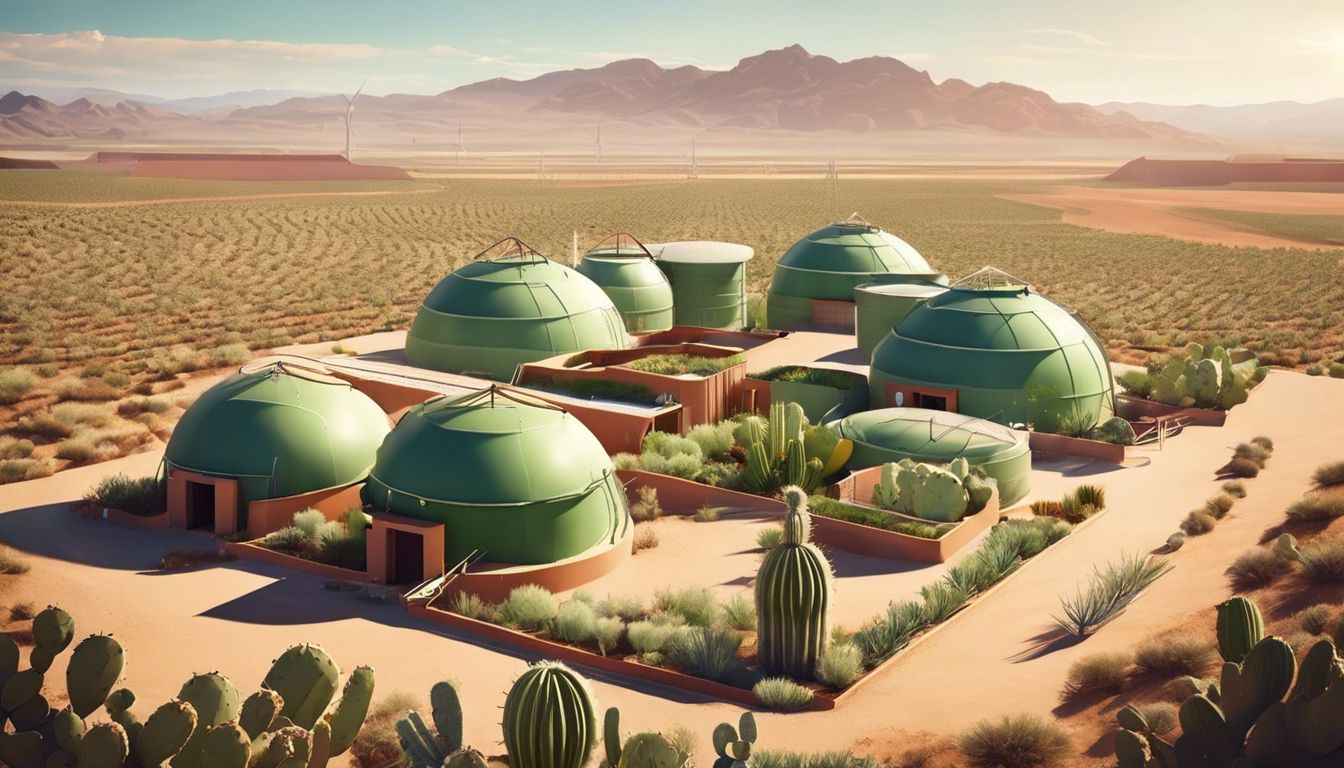
Using Opuntia Cactus for biogas production provides a sustainable energy source while also producing biofertilizer, making it an environmentally-friendly option for semi-arid areas.
Sustainable energy source

Opuntia Prickly Pear Cactus is a sustainable energy source due to its high water use efficiency and resilience in harsh conditions, making it suitable for arid and semi-arid areas.
Its potential for biogas production aligns with the goals of sustainable energy development, providing a renewable and reliable energy option. This cactus also serves as a multifunctional crop, offering biofertilizer production alongside biogas, making it an attractive investment opportunity for anaerobic digestion plant converts and operators seeking environmentally-friendly energy solutions.
The utilization of Opuntia Prickly Pear Cactus as a sustainable energy source presents significant opportunities for AD plant owners and investors. With its ability to thrive in water-scarce regions while serving as an efficient biomass feedstock, this cactus offers economic viability alongside environmental benefits.
Production of biofertilizer
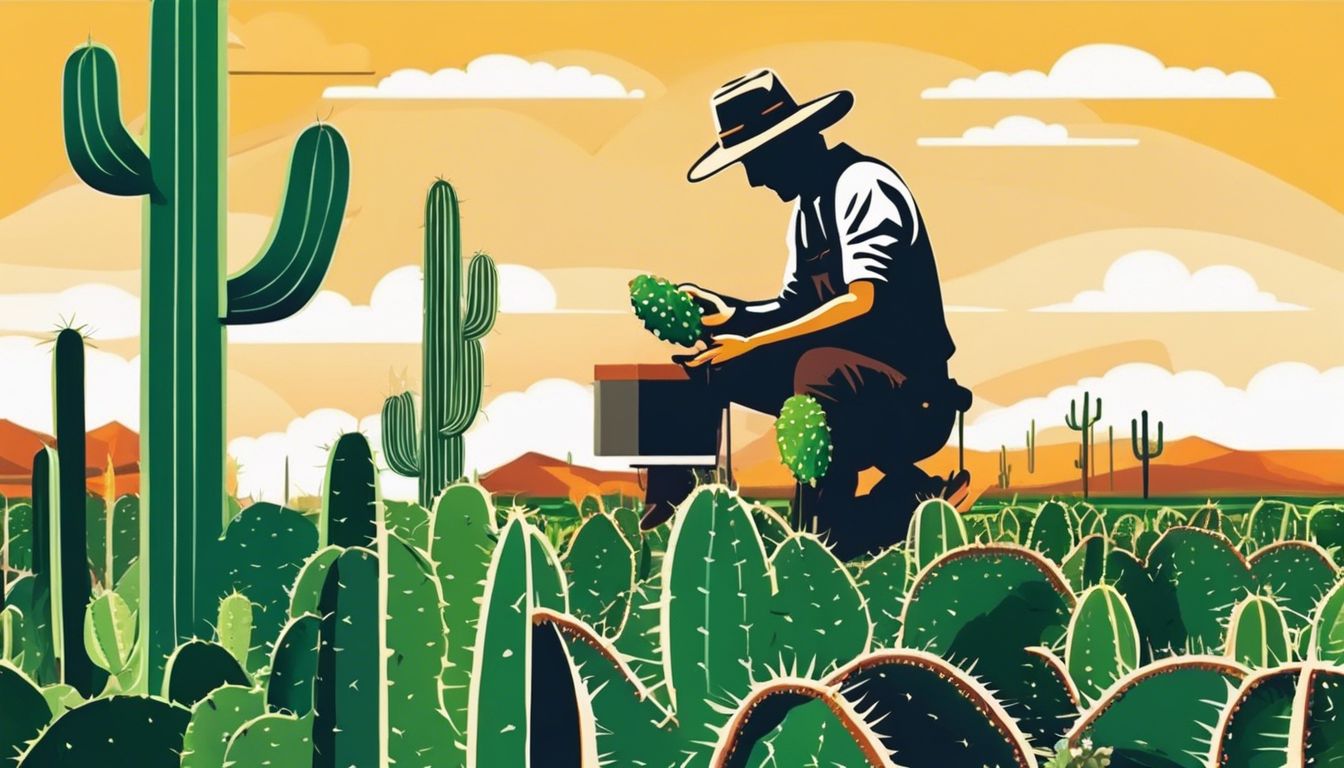
To further expand on the sustainable benefits of Opuntia Prickly Pear Cactus, it's essential to highlight its potential for biofertilizer production. The cactus is a valuable source for generating organic fertilizers rich in nutrients beneficial for soil health and crop productivity, aligning with the principles of sustainable agriculture.
Through anaerobic digestion (AD), the byproduct from biogas production can be used as biofertilizer, providing a closed-loop system that maximizes resource efficiency and minimizes waste.
This holds promise for enhancing soil fertility in semi-arid areas where traditional fertilizer sources may be limited or costly, making it an attractive option for farmers and investors seeking sustainable agricultural solutions.
Anaerobic digestion plant converts benefit from utilizing Opuntia cactus as an energy crop by also harnessing its byproduct as nutrient-rich biofertilizer. This dual-purpose approach offers a compelling economic incentive while contributing to environmental sustainability through reduced reliance on synthetic fertilizers and efficient waste utilization within agricultural systems.
Challenges and Future Outlook

Management practices for Opuntia production need to be optimized to maximize biomass yield and quality for biogas production. Validating the potential of Opuntia as an energy crop requires further research and field trials in semi-arid regions.
Additionally, exploring the use of Opuntia for erosion control and land rehabilitation can provide additional benefits in these areas.
South African research on spineless Opuntia cactus varieties for biogas production
There has been a groundbreaking development in South Africa, where the spineless cactus is being explored as a promising source of sustainable energy.
This innovative approach focuses on transforming the cactus's biomass into biogas, a renewable energy that can be used for electricity, heating, and as a renewable fuel feedstock.
The spineless cactus, known for its high yield and minimal water requirements, presents a sustainable solution for energy production, offering environmental benefits, job creation, and effective use of marginal lands.
Validating Opuntia as an energy crop
Opuntia Prickly Pear Cactus must undergo rigorous validation as an energy crop due to its potential significance in semi-arid regions. Research is actively underway to characterize microbial consortiums with the capacity for biogas production from this hardy cactus pear, which aligns with sustainable energy development goals.
The resilience of Opuntia ficus-indica and its suitability for biomass energy make it a promising candidate for biogas production, particularly in areas with limited water availability, offering substantial opportunities for anaerobic digestion plant converts and investors seeking sustainable bioenergy solutions.
Anaerobic digestion plant owners, operators, and investors have a vital interest in validating Opuntia as an energy crop given its ability to thrive in arid climates and provide a sustainable source of bioenergy.
Potential for use in erosion control and land rehabilitation

Validating Opuntia as an energy crop demonstrates its multi-faceted potential, including its use in erosion control and land rehabilitation. The deep root system of Opuntia Prickly Pear Cactus aids in stabilizing soil and preventing erosion, making it a valuable tool for restoring degraded lands.
Additionally, the high water use efficiency of this resilient plant allows it to thrive in arid conditions, offering a sustainable solution for land reclamation in semi-arid areas.
This dual benefit of addressing energy needs while contributing to environmental restoration positions Opuntia as a promising option for anaerobic digestion plant converts, AD plant owners, operators, and investors seeking sustainable bioenergy solutions that support ecosystem revitalization.
Conclusion
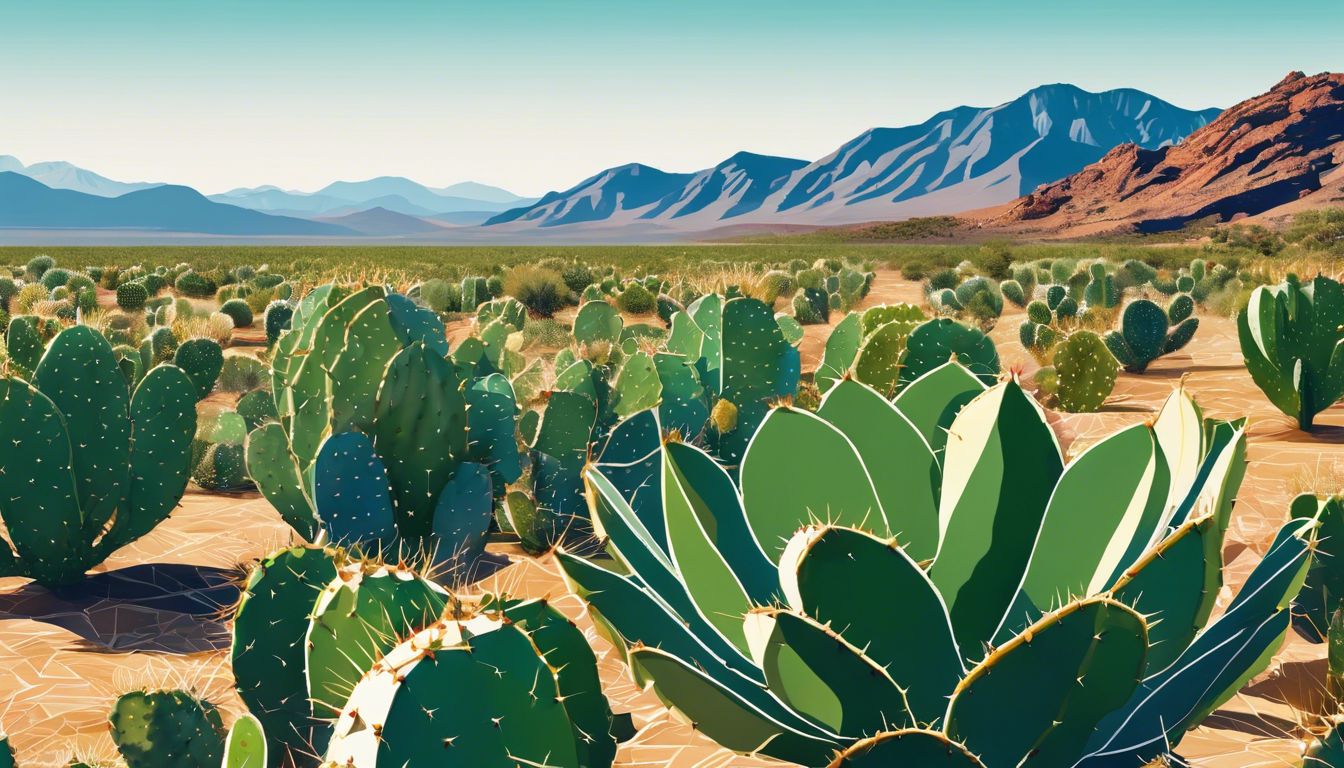
In conclusion, Opuntia Prickly Pear Cactus shows great promise as an energy crop in semi-arid areas. Its high water use efficiency and resilience to harsh conditions make it a sustainable option for biogas production.
With ongoing research and development, the cactus holds potential not only for energy production but also for land rehabilitation and erosion control. As a valuable resource in regions with limited water availability, it aligns with the goals of sustainable energy development in the bioeconomy.
FAQs
1. What makes Opuntia prickly pear cactus special for biogas in semi-arid areas?
Opuntia ficus-indica, or the prickly pear cactus, grows well in semi-arid areas, and it's great for making biogas because it doesn't need much water.
2. Can you grow Opuntia prickly pear cactus for fruit and energy?
Yes, you can farm Opuntia ficus-indica for both its fruit production and as a plant biobattery to create biogas, making it very useful in desert agriculture.
3. Is there another plant like the prickly pear that works for energy in dry places?
Moringa oleifera is another plant that can grow in semiarid areas and might be used just like the prickly pear cactus to produce energy through its cultivation.
4. How does farming prickly pears help with energy problems?
By cultivating the Opuntia ficus-indica cactus on a large scale in dry lands where other crops struggle to grow, we can create a new source of renewable energy through biogas production.





